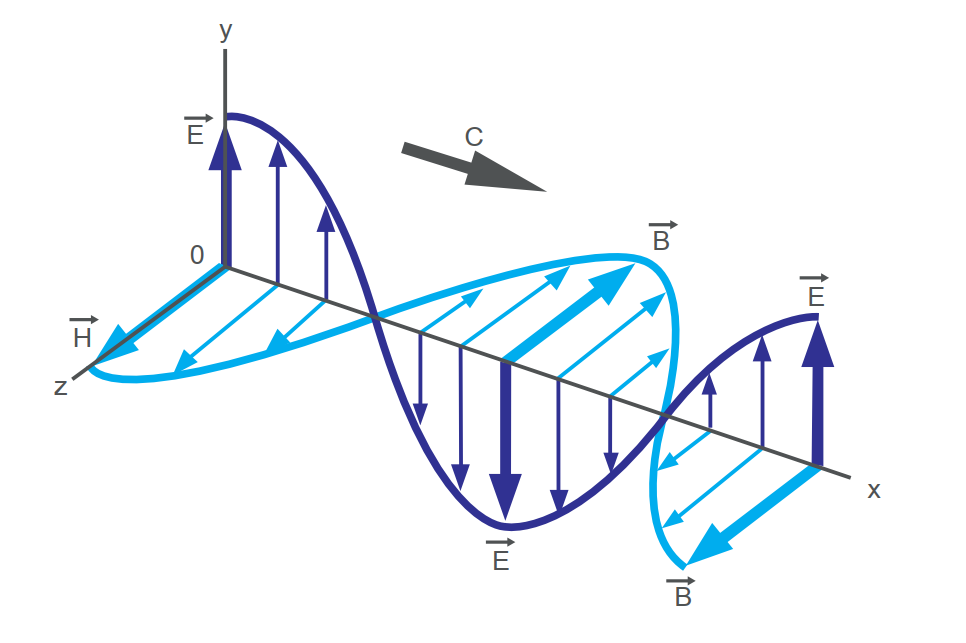EMC Book of Knowledge
This introductory chapter covers the concepts of electric, magnetic and electromagnetic fields, the fundamental maxwell equations, and how quickly electromagnetic waves move in different materials.Chapter 2: Analysis
Building on chapter 1, this chapter explains the lumped circuit and skin effect models that can be used depending on wavelength to analyse circuit behaviour.Chapter 3: Transmission Lines
At higher frequencies, EM waves move along conductors suffering from resonances, reflections, and standing wave effects. These phenomena can cause a significant deterioration in signal integrity and generate excessive radiated interference, so impedance matching may be required. Equally, correct matching is required for intentional PCB antennas for peak performance.
Chapter 4: EM coupling
This chapter covers the difference between near-field and far-fields and how these fields can couple across from a noise source to a victim circuit, along with different countermeasures that can be used to block the interference, whether it be capacitive, inductive, or galvanic coupling.
Chapter 5: Noise reduction techniques
Knowing which kind of noise interference (differential or common mode) allows the designer to identify the placement and type of noise filter that will be most effective.
Chapter 6: PCB Layout Impedance
PCB tracks and vias have an inherent DC resistance and AC impedance which will affect the flow of current in the circuit. This chapter details how to calculate these values to reach the required target impedance depending on the frequency of the signals used and introduces the concepts of the Fourier transform and harmonic spectra.
Chapter 7: Filters
Filters can be categorized by type, topology, grade, and mode of operation, so knowing which kind of filter will block or channel noise interference is crucial for a good design. This chapter also covers filter frequency and phase response (bode diagrams) and EMI countermeasures using filters and ferrite beads. This chapter also expands on the previous chapter to cover unintentional antennas and poor filter performance due to incorrect PCB layout.
Chapter 8: EMC standards
There are many technical standards that electronic circuits have to meet to pass the EMC regulations and the sheer number of them can be daunting. This chapter introduces the concepts of generic, basic, and product standards and goes through the most important ones, explaining what each standard covers depending on the required class and level, and how they are tested. It is important to know in advance which standard an application has to meet as compliance may mean physical changes to the PCB, changes to the design, or changes to the bill of materials.
Chapter 9: PFC
Power factor correction is an essential requirement for many power supplies and LED drivers. This chapter covers the basic terms (apparent, reactive and active power, and power factor) and the solutions that can be used for power factor correction and to limit THD.
Chapter 10: Measuring EMC
This chapter covers the equipment needed to test and measure products to check if they will meet the required EMC standard, including antennas, chambers, EM receivers, and LISNs.



